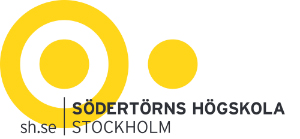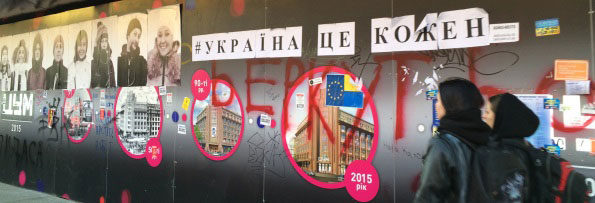By Roman Horbyk
Some time ago I wrote about the media aspect of Crimea annexation. I argued that its key developments were shaped by the overwhelming presence of the media on the ground and, even more so, by both sides’ awareness they were surrounded by millions of watching eyes. In other words, the conflict was shaped by the media. It was mediatised.
Yet Sonia Livingstone reminded us about another, more historical meaning of this term.
The so-called “German mediatisation” took place in the early 1800s without Twitter and Instagram. It was a juridical rather than informational process.
By 1803 the Holy Roman Empire, the German state at the time, comprised over 200 partly sovereign domains. Many princes, counts, electors and bishops who ruled over them were subordinated immediately to the emperor, enjoyed full authority in their internal affairs and even the right to external relations not contrary to the Empire’s alliances.
But the Empire lost some of its possessions during the war against the revolutionary French republic. In particular, Napoleon annexed the left bank of Rhine. In order to compensate the losses of those German noblemen who were deprived of their lands as well as under the pressure from French foreign minister Talleyrand, the Holy Roman Empire eliminated most of these nearly sovereign states for the benefit of larger entities and victims of the French annexation. Previous rulers lost their land but not their titles and formal standing. Those who gained lands had to guarantee their loyalty to France.
This was eventually called “media-tisation” so as to underline the loss of imperial im-media-cy by the formations that until then had been subjects only to supreme authority “im-media-tely”.
The recent Russian moves in Crimea and Donbas are both mediatisation and de-mediatisation. Especially ironic is the contrast between the revolutionary France that destroyed by then a rigid and lifeless form and gave way to a more effective one. Unlike that, Russia is a reactionary agent in the current situation; its task is precisely to undermine, dissolute and devaluate the progressive aspects of the Ukrainian revolution. Even the de-facto organisation of the Russian Federation is reminiscent of a feudal empire very much in the spirit of the Holy Roman.
Through the annexation of the Autonomous Republic of Crimea, Russia diminished the real sovereignty it had within Ukraine (which is comparatively more limited now).
Crimea was mediatised.
What the Kremlin wants now is to de-mediatise Ukraine’s other regions, to incline them to a union with Russia after their sovereignty is thus extended, and then whether to re-mediatise them within Russia after the Crimean model (less likely outcome given the financial cost of supporting 6 mln citizens more in Donbas alone) or to enjoy their puppet-state status. The maximum long-standing objective is of course to strip the entire country of its sovereignty, carve it and realign all but perhaps the westernmost regions of Ukraine in a union with Moscow. As such, this might never happen or take relatively long time; but for Donbas, it’s a possible scenario.
Just as the meditised German aristocracy of the 19th century, the local elites will retain their formal statuses. And, unlike some Kurfürst in A.D. 1803, they will preserve even their access to the means of enrichment and some degree of administrative independence that the Kremlin and the newly acquired federative subjects / mediatised satellites would be permanently negotiating ad-hoc.
The condition of the citizens in the territories occupied in such way is also similar to that of a mediatised king without kingdom. All will retain their formal status but won’t be able to utilise it fully. Those who’ll keep the Ukrainian passport won’t be able to enjoy all the rights that ensue. Those who opt for the Russian passport won’t have all the rights entitled to it (such as travels abroad or exercising their citizen rights elsewhere in Russia; media reports confirm this is indeed happening).
Of course, this is not about the precise repetition of the 200-year-old events. Rather, the comparison of their similarities and differences allows understanding where we are now. Russia, the ardent defender of the legitimacy, sovereignty and political and legal forms of the past, is freely playing with one such form, constructing and deconstructing it on demand, and the fulfillment of the perceived egotist “stately” interests is the only rule of this game and the only content of this form.
The case of Donbas slightly differs from that of Crimea. It’s dubious if Russia really wants its full absorption. The logic remains the same however: the game with sovereignty that should lead to an outcome of a weaker / more controllable Ukraine and Russia having sovereignty on Ukrainian territory through the extended sovereignty of the local authority. A game of mediatisation.
And, surely, mediatisation in the more usual meaning is a factor in the game, even though slightly differently than in Crimea. The regular troops can’t be shown, visibility is only permitted for the local-looking paramilitaries, to keep the options open for Russia that otherwise would be unavailable to a state in a state of an open war.


